This article delves into the financial implications of choosing between DIY and store-bought room dividers, offering insights into costs, benefits, and practical considerations to help you make an informed decision.
What Are Room Dividers and Their Purpose?
Room dividers are versatile elements used in interior design to create privacy, define spaces, and enhance the overall decor of a room. They can serve as functional barriers in open-concept spaces or add aesthetic appeal to smaller areas. Understanding their purpose is crucial in selecting the right type for your needs.
How Much Do Store-Bought Room Dividers Cost?
Store-bought room dividers can range in price from $50 to over $500, depending on the materials and designs. Common materials include wood, fabric, and metal, each offering different styles and functionalities. For instance, a basic fabric divider may cost less, while a more intricate wooden design can be significantly pricier. Here’s a quick overview:
| Material | Price Range |
|---|---|
| Fabric | $50 – $150 |
| Wood | $100 – $500 |
| Metal | $75 – $300 |
What Are the Costs of DIY Room Dividers?
Choosing to create a DIY room divider can be an affordable alternative, with costs ranging from $30 to $200 depending on the materials used. Basic supplies such as wood, paint, and fabric can be sourced from local hardware stores. Here’s a breakdown of typical materials and their estimated costs:
- Wood panels: $50 – $100
- Fabric: $20 – $50
- Paint: $10 – $30
- Tools (if not owned): $25 – $100
What Are the Pros of DIY Room Dividers?
Creating a DIY room divider has several advantages:
- Customization: Tailor the design to fit your specific space and style.
- Cost Savings: Often cheaper than purchasing ready-made options.
- Satisfaction: Enjoy the fulfillment of crafting your own unique piece.
What Are the Cons of DIY Room Dividers?
Despite the benefits, DIY projects come with challenges:
- Time Investment: Building a divider can take significant time and effort.
- Skill Level: Requires some level of crafting or carpentry skills.
- Unforeseen Expenses: Additional costs may arise if more materials or tools are needed.
What Are the Advantages of Store-Bought Room Dividers?
Store-bought options provide numerous benefits:
- Convenience: Easy to purchase and often ready to use immediately.
- Variety: A wide range of styles and designs available to suit different tastes.
- Ease of Installation: Typically requires minimal assembly, if any.
What Are the Disadvantages of Store-Bought Room Dividers?
However, there are drawbacks to consider:
- Lack of Customization: Limited options for personalization to fit your specific needs.
- Potentially Higher Costs: Premium designs can be quite expensive.
How to Choose Between DIY and Store-Bought Options?
Deciding between DIY and store-bought dividers involves evaluating several factors:
- Budget: Determine how much you are willing to spend.
- Design Preferences: Consider whether you want a custom look or a ready-made solution.
- Time Constraints: Assess how much time you can dedicate to the project.
What Materials Are Best for DIY Room Dividers?
Choosing the right materials is crucial for a successful DIY project. Here are some options:
- Wood: Durable and customizable, ideal for a rustic look.
- Fabric: Offers flexibility and can be easily changed.
- Metal: Provides a modern aesthetic and is very sturdy.
How to Measure Your Space for Room Dividers?
Accurate measurements are vital. Follow these steps:
1. Measure the height and width of the area where the divider will be placed.2. Consider the desired height of the divider for privacy.3. Account for any furniture or other obstacles in the space.
What Are Some Creative DIY Room Divider Ideas?
If you’re leaning towards a DIY approach, consider these creative ideas:
- Using a bookshelf as a divider for both storage and separation.
- Creating a fabric screen with a tension rod.
- Building a sliding barn door for a rustic touch.
Where to Buy Quality Store-Bought Room Dividers?
For those opting for store-bought options, consider checking out:
- Home improvement stores like Home Depot or Lowe’s.
- Online platforms such as Amazon and Wayfair.
- Specialty furniture stores for unique designs.
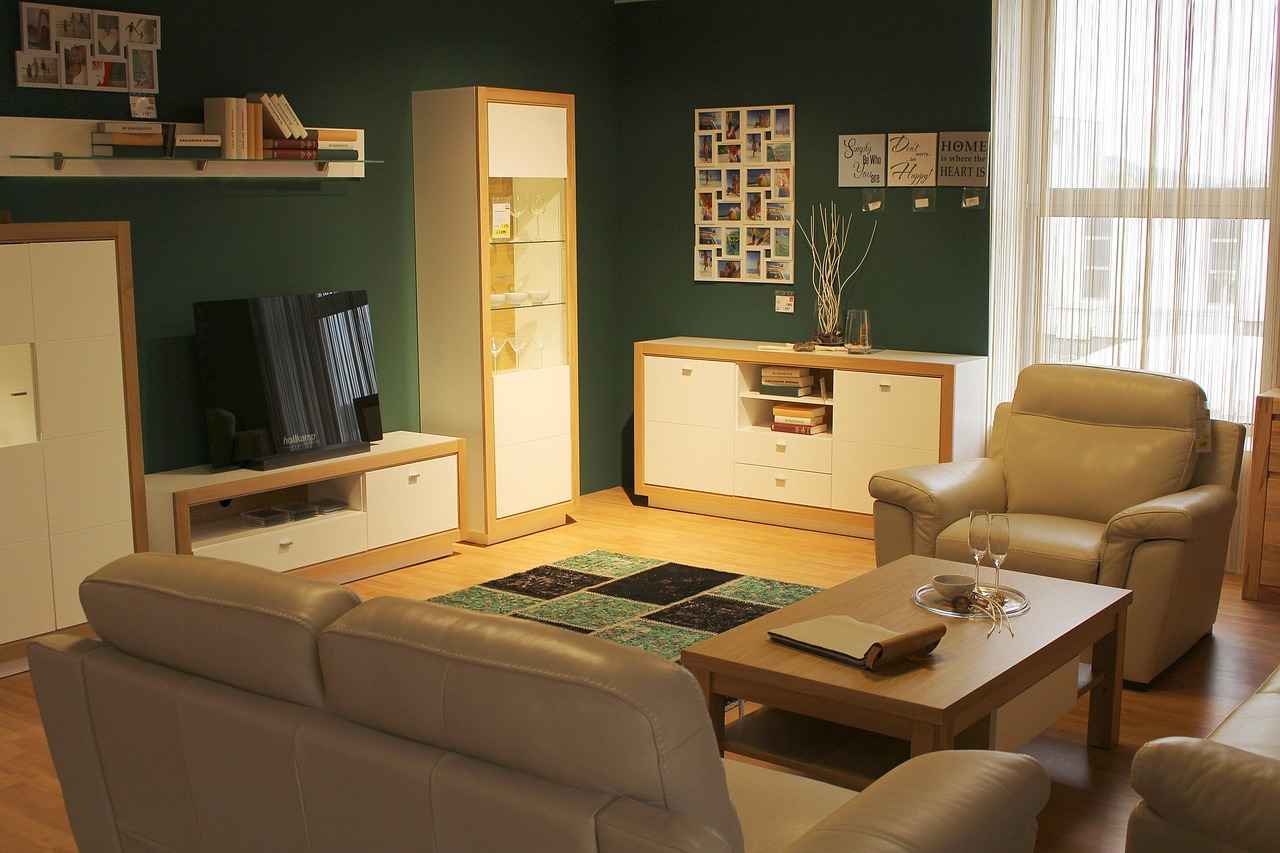
What Are Room Dividers and Their Purpose?
Room dividers are versatile solutions that can transform any space, offering a multitude of functions beyond mere separation. Understanding their purpose can greatly assist in selecting the right type for your specific needs. Here, we explore the various roles that room dividers play in enhancing our living environments.
- Creating Privacy: One of the primary functions of room dividers is to provide privacy. In open-concept homes or studio apartments, a divider can create a secluded area for sleeping, working, or relaxing, allowing for personal space in a shared environment.
- Defining Spaces: Room dividers effectively define spaces within larger areas. They can delineate a dining area from a living space or create a cozy reading nook in a larger room, thus enhancing the functionality of each zone.
- Enhancing Decor: Beyond their practical uses, room dividers can serve as decorative elements. With a variety of styles, materials, and designs available, they can complement existing decor or act as a focal point, adding visual interest to your home.
- Sound Absorption: Certain room dividers are designed to absorb sound, making them ideal for creating quieter spaces in busy environments. This can be particularly beneficial in shared living situations or home offices.
- Flexibility: Room dividers offer a level of flexibility that is unmatched by permanent walls. They can be easily moved, reconfigured, or removed altogether, allowing homeowners to adapt their spaces as needs change.
When selecting a room divider, it’s important to consider your specific needs. For instance, if privacy is your main concern, look for dividers that are taller and made of materials that block sound and vision. If your goal is to simply define a space, lighter and more decorative options may suffice.
Additionally, consider the material of the divider. Options range from wood and fabric to glass and metal, each offering different aesthetic and functional benefits. Wood dividers can add warmth and texture, while glass can create an airy, open feel.
In summary, room dividers are not just functional items; they are essential tools for enhancing the usability and aesthetic of your living space. By understanding their various purposes, you can make a more informed decision when choosing the right type for your home.
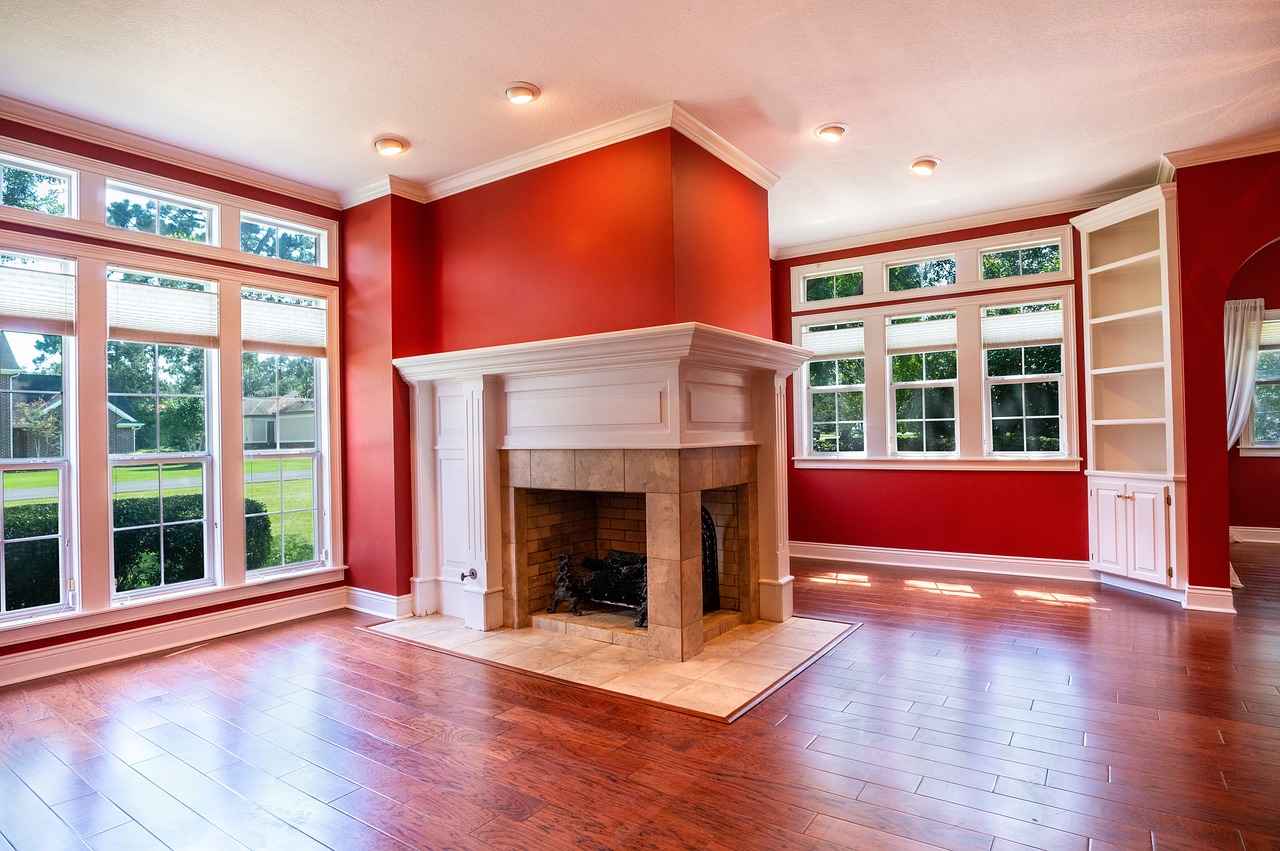
How Much Do Store-Bought Room Dividers Cost?
When considering room dividers, many people often wonder about the costs associated with store-bought options. The market offers a plethora of choices, ranging from budget-friendly solutions to premium designs that can significantly impact your wallet.
Store-bought room dividers come in a wide variety of styles, materials, and price points. Understanding the typical costs associated with these products can help you make an informed decision. Below is a breakdown of the various factors that influence the pricing of room dividers:
- Material Type:
- Wood: Wooden room dividers can range from $50 to $500 depending on the type of wood and craftsmanship involved. For example, a simple pine divider might be on the lower end, while a handcrafted oak divider can be quite pricey.
- Fabric: Fabric dividers, often used for their aesthetic appeal, typically cost between $30 and $200. These are usually lightweight and easy to set up.
- Metal: Metal dividers are often more durable and can range from $100 to $600. Prices vary based on design intricacies and finishes.
- Design Complexity:
The complexity of the design can also affect the price. Simple, minimalist designs tend to be less expensive, while elaborate, multi-panel dividers with intricate patterns or features can be significantly more costly.
- Brand and Quality:
Brand reputation and product quality play a crucial role in pricing. Established brands may charge a premium for their products, but they often offer better durability and design.
- Size:
The size of the room divider is another factor. Larger dividers that cover more space will naturally be priced higher than smaller options.
To give you a clearer idea, here’s a table summarizing the typical costs:
| Material | Price Range |
|---|---|
| Wood | $50 – $500 |
| Fabric | $30 – $200 |
| Metal | $100 – $600 |
In conclusion, the cost of store-bought room dividers can vary significantly based on materials, design complexity, brand, and size. By understanding these factors, you can better align your choices with your budget and aesthetic preferences.
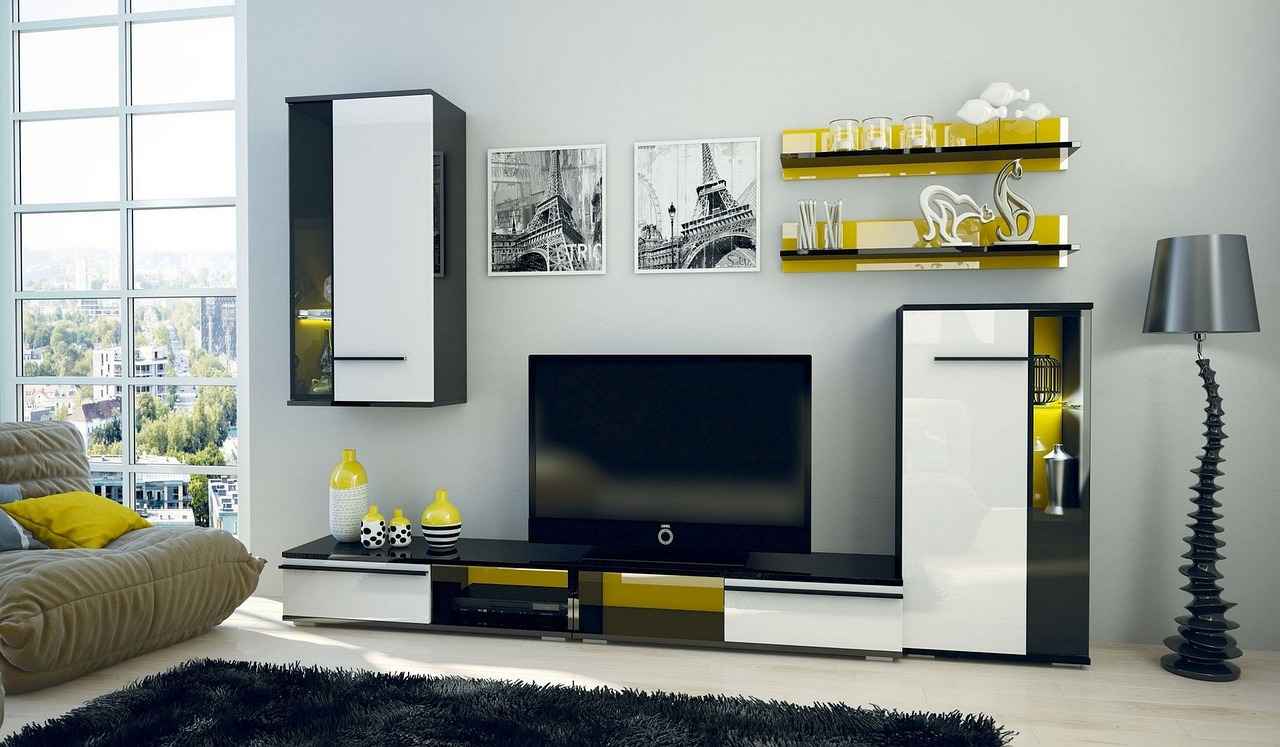
What Are the Costs of DIY Room Dividers?
When considering how to separate spaces in your home without breaking the bank, DIY room dividers emerge as a popular choice. They not only offer a cost-effective solution but also allow for a level of customization that store-bought options often lack. In this section, we will delve into the various costs associated with creating your own room dividers, the materials and tools you will need, and provide some estimated costs for different DIY projects.
The costs of DIY room dividers can vary significantly based on the materials and design you choose. Below is a breakdown of the essential materials and tools you may need:
| Material/Tool | Estimated Cost |
|---|---|
| Wood (Plywood, MDF) | $30 – $100 |
| Fabric (for curtains or screens) | $10 – $50 |
| Metal (for frames) | $20 – $80 |
| Paint or Stain | $10 – $30 |
| Hardware (hinges, screws) | $5 – $15 |
| Tools (saw, drill, measuring tape) | $50 – $150 (if not already owned) |
As you can see, the total cost of a DIY room divider can range from as low as $60 to upwards of $400, depending on your choices. If you already own some tools, your expenses will be significantly lower.
- Measuring Tape: Essential for accurate measurements.
- Circular Saw: Useful for cutting wood or metal.
- Drill: Necessary for assembling the divider.
- Screwdriver: For attaching hardware.
- Paintbrush: If you plan to paint or stain your divider.
Investing in these tools can also be beneficial for future projects, making them a worthwhile expense. If you are unsure about your skills, consider starting with simpler designs that require minimal cutting or assembly.
To further reduce your expenses, consider the following tips:
- Repurpose Materials: Use old doors, windows, or furniture to create unique dividers.
- Shop Sales: Look for discounts on wood and fabric at local hardware or craft stores.
- DIY Finishing: Instead of hiring someone, do the painting or staining yourself.
By being resourceful and creative, you can create stunning dividers that fit your personal style while keeping costs low. Remember, the beauty of DIY projects lies in their flexibility and the personal touch you can add.
In summary, DIY room dividers offer a fantastic opportunity to save money while expressing your creativity. With the right materials and tools, you can craft a space that is both functional and aesthetically pleasing.

What Are the Pros of DIY Room Dividers?
When considering how to separate spaces within a home, many individuals find themselves at a crossroads: should they opt for a DIY room divider or purchase a ready-made option? Choosing to create a DIY room divider offers a multitude of advantages that can enhance both the functionality and aesthetic of your space. This section delves into the various benefits of crafting your own room divider.
- Customization: One of the most significant advantages of a DIY room divider is the ability to tailor it to your specific needs and preferences. You can select the materials, colors, and designs that best match your decor and personal style. This level of customization ensures that your room divider not only serves its purpose but also complements your living space beautifully.
- Cost Savings: DIY projects can often be more cost-effective than purchasing store-bought options. By sourcing materials from local hardware stores or repurposing items you already own, you can significantly reduce expenses. Additionally, DIY room dividers allow you to control your budget, as you can choose to invest in higher-quality materials or keep costs low by using affordable alternatives.
- Satisfaction of Crafting: There is an undeniable sense of accomplishment that comes from creating something with your own hands. Crafting a DIY room divider not only allows you to express your creativity but also provides a rewarding experience. This satisfaction can enhance your connection to the space, making it feel more personal and inviting.
- Flexibility in Design: Unlike store-bought dividers that come in fixed sizes and styles, DIY options give you the flexibility to experiment with different designs. Whether you prefer a folding screen, a curtain, or a more permanent structure, the choice is entirely yours. This flexibility means that you can easily adapt the divider as your needs change over time.
- Environmental Considerations: For those concerned about sustainability, DIY room dividers can be an eco-friendly choice. By using reclaimed materials or sustainably sourced products, you can reduce your environmental impact while creating a functional piece for your home. This approach not only benefits the planet but also adds a unique character to your space.
In summary, the decision to create a DIY room divider is not merely about saving money; it encompasses a range of benefits that enhance your living environment. From the freedom of customization to the joy of crafting, DIY projects can lead to unique solutions that reflect your personal style and values. As you consider your options, think about how a DIY room divider can transform your space into a more functional and aesthetically pleasing area.

What Are the Cons of DIY Room Dividers?
When considering DIY room dividers, it’s essential to weigh the potential drawbacks alongside the benefits. While the idea of crafting your own divider can be exciting and fulfilling, there are several challenges that may arise during the process. This section delves into the key disadvantages of DIY room dividers, shedding light on factors such as time investment, skill level, and the possibility of unforeseen expenses.
One of the most significant challenges of DIY projects is the time commitment involved. Unlike purchasing a ready-made solution, creating your own room divider requires planning, sourcing materials, and executing the design. Depending on the complexity of your project, this can take anywhere from a few hours to several days. If you have a busy schedule or need a quick solution, the time investment may not be justified.
Another critical factor to consider is your skill level in crafting and construction. Not everyone possesses the necessary skills to execute a DIY project successfully. For individuals who are inexperienced with tools or crafting techniques, the learning curve can be steep. Mistakes may lead to frustration, wasted materials, and the need for additional repairs, which could negate any potential savings.
While DIY projects are often viewed as cost-effective, they can sometimes lead to unexpected expenses. For instance, if you underestimate the amount of material needed, you might find yourself making multiple trips to the store, which adds to the overall cost. Additionally, if the project requires specialized tools or equipment that you don’t already own, these costs can quickly accumulate. It’s crucial to have a realistic budget and contingency plan in place.
While DIY allows for customization, it also comes with its own set of design limitations. If you lack experience in design or construction, you may end up with a divider that doesn’t meet your aesthetic or functional needs. This can lead to dissatisfaction with the final product, which is counterproductive to the purpose of creating a room divider in the first place.
Finally, consider the long-term maintenance and durability of your DIY room divider. Store-bought options often come with warranties and are designed for longevity, while DIY projects may require more frequent repairs or replacements. If you choose materials that are not weather-resistant or durable, you could find yourself facing additional costs down the line.
In summary, while creating a DIY room divider can be a rewarding endeavor, it is essential to be aware of the potential challenges. From the time commitment and skill level required to the risk of unforeseen expenses and durability issues, these factors can significantly impact your overall experience. Carefully evaluating these cons will help you make an informed decision about whether a DIY approach is right for you.
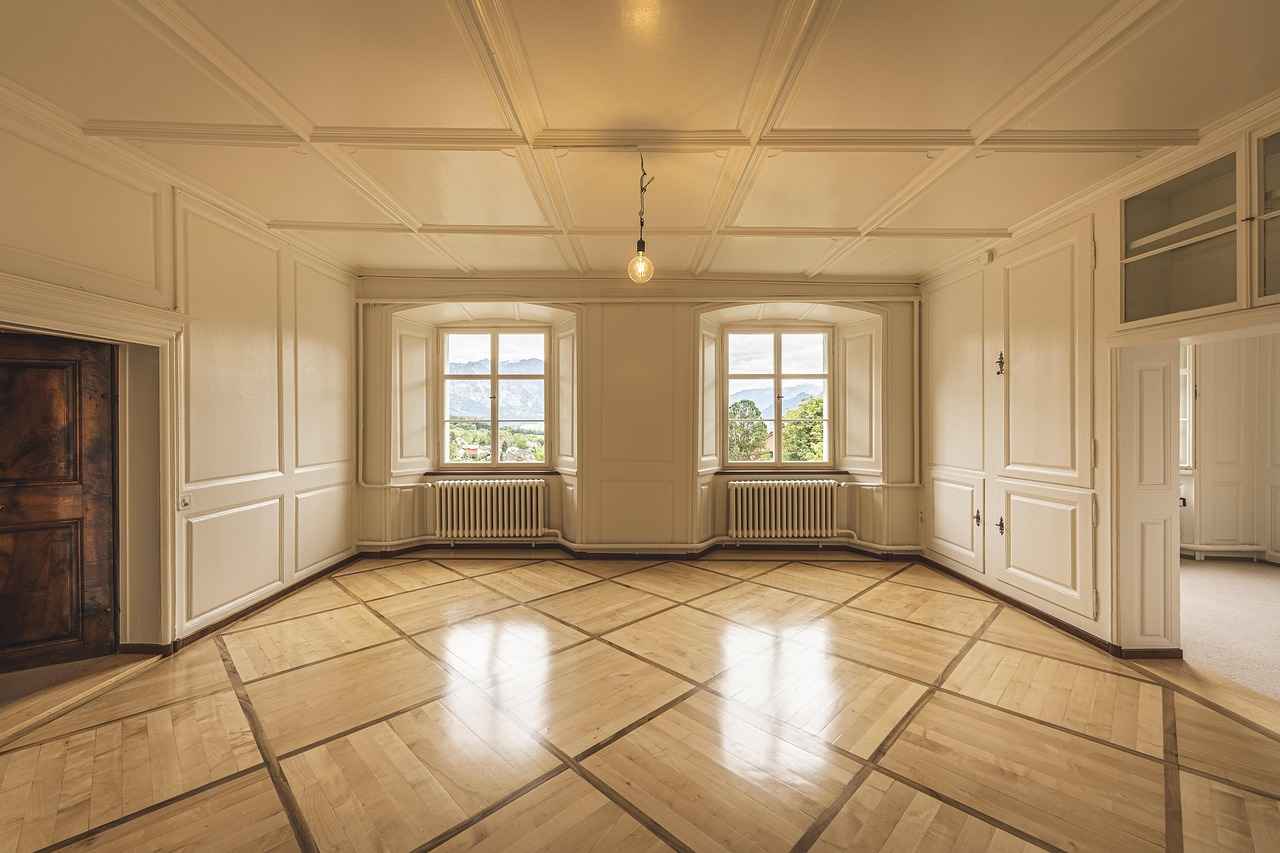
What Are the Advantages of Store-Bought Room Dividers?
When it comes to enhancing your living space, store-bought room dividers provide a plethora of options that cater to various aesthetic preferences and practical needs. This section delves into the numerous advantages of choosing ready-made solutions, highlighting their convenience, variety, and immediate availability.
- Convenience: One of the most significant benefits of store-bought room dividers is the convenience they offer. You can simply visit a store or browse online, select your preferred style, and have it delivered or picked up the same day.
- Wide Variety of Styles: From modern to traditional, store-bought options come in an extensive range of designs. Whether you prefer a sleek, minimalist look or a more ornate divider, there is something to suit every taste.
- Ease of Installation: Most store-bought dividers are designed for quick and easy setup. Many require no tools or complex assembly, allowing you to enjoy your new space without the hassle of a DIY project.
- Immediate Availability: Unlike DIY projects that may take time to gather materials and complete, ready-made dividers can be used right away, making them ideal for urgent needs or spontaneous changes in your living environment.
- Quality Assurance: Purchasing from reputable retailers often means you are getting a product that has been tested for durability and functionality. This can provide peace of mind compared to DIY options where the outcome may be uncertain.
Store-bought room dividers come in various materials and designs, allowing you to choose one that fits your specific needs:
| Type | Material | Best For |
|---|---|---|
| Folding Screens | Wood, Fabric, or Metal | Flexible space division |
| Panel Dividers | Wood or Acrylic | Permanent separation |
| Bookshelf Dividers | Wood or Particle Board | Creating storage and division |
| Fabric Dividers | Textiles | Softening spaces |
Beyond their practical benefits, store-bought room dividers can significantly enhance the aesthetic appeal of your home. They can serve as a focal point in a room, drawing attention and adding character. Moreover, many designs incorporate artistic elements that can complement your existing decor.
In conclusion, opting for store-bought room dividers not only simplifies the process of redefining your spaces but also offers a range of styles and functionalities that can meet various needs. With their convenience, immediate availability, and quality assurance, these ready-made solutions are a practical choice for anyone looking to enhance their living environment.
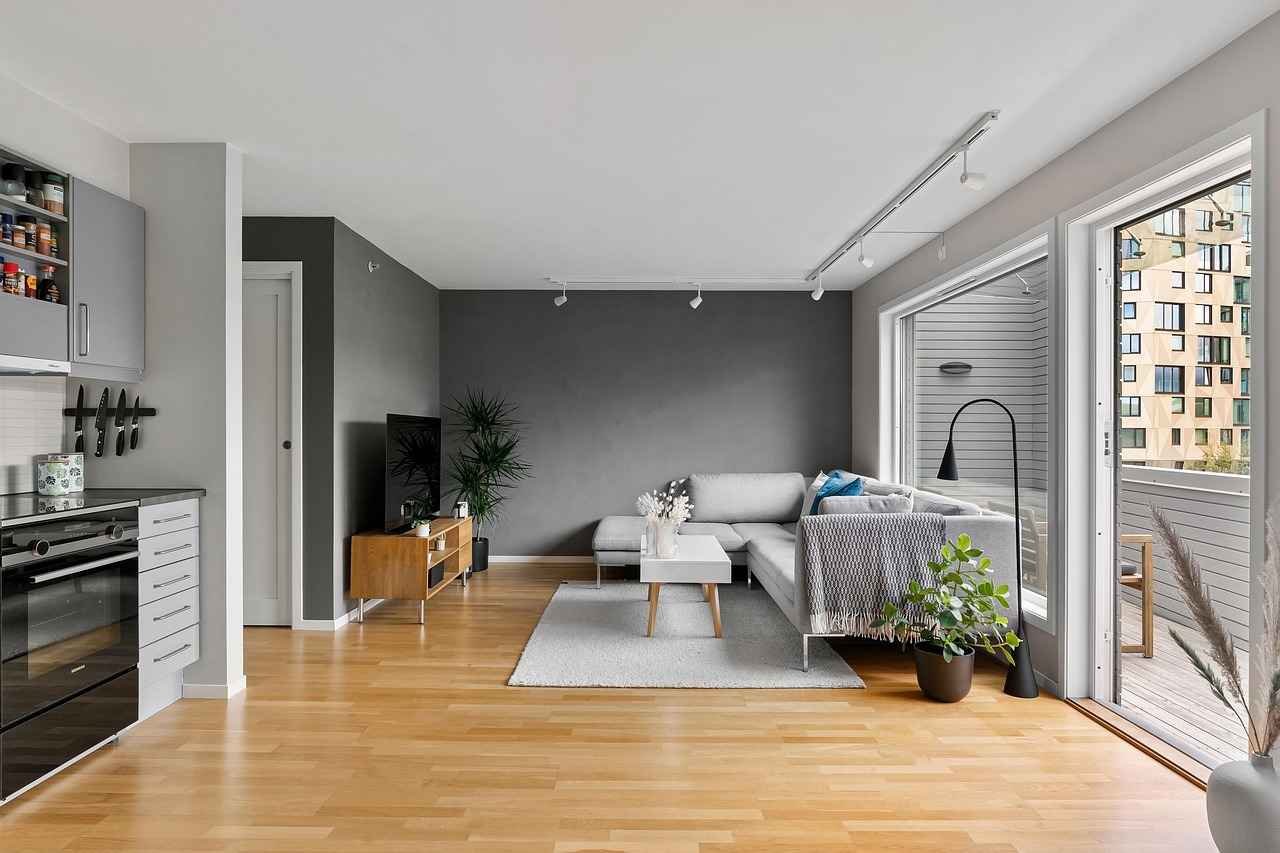
What Are the Disadvantages of Store-Bought Room Dividers?
When it comes to enhancing the functionality and aesthetics of your living space, room dividers play a crucial role. While store-bought options offer convenience and variety, they come with several disadvantages that may not suit every individual’s needs. This section delves into these limitations, providing insights that can help you make a more informed decision.
- Lack of Customization: One of the most significant drawbacks of store-bought room dividers is their lack of personalization. Most products are mass-produced, meaning they come in standard sizes, colors, and designs. This can be limiting for individuals looking to match specific decor styles or create a unique atmosphere in their space.
- Potentially Higher Costs: While some store-bought options are budget-friendly, premium dividers can be quite expensive. Depending on the material and design, costs can escalate quickly. For those on a tight budget, these prices may not be justifiable, especially when DIY alternatives can offer similar functionality at a fraction of the cost.
- Quality Variability: The quality of store-bought dividers can vary significantly between brands and retailers. Some may use inferior materials that compromise durability and appearance. This inconsistency can lead to disappointment and additional expenses if you need to replace a divider sooner than expected.
- Limited Functionality: Many store-bought dividers are designed with specific functions in mind, such as purely decorative purposes or temporary privacy. This can limit their versatility in different settings, making them less suitable for multi-functional spaces.
- Environmental Concerns: The production and disposal of mass-produced room dividers can have a negative impact on the environment. Many store-bought options are made from materials that are not sustainably sourced, contributing to waste and pollution.
- Assembly Challenges: While many store-bought dividers are marketed as easy to assemble, some may require advanced skills or tools. This can be frustrating for those who are not particularly handy, leading to a potential waste of time and resources.
In summary, while store-bought room dividers offer convenience and a wide variety of styles, it is essential to consider their disadvantages. From lack of customization and potentially higher costs to quality variability and environmental concerns, these factors can significantly influence your decision-making process. Understanding these limitations can empower you to explore other options, such as DIY room dividers, which may better meet your unique needs and preferences.
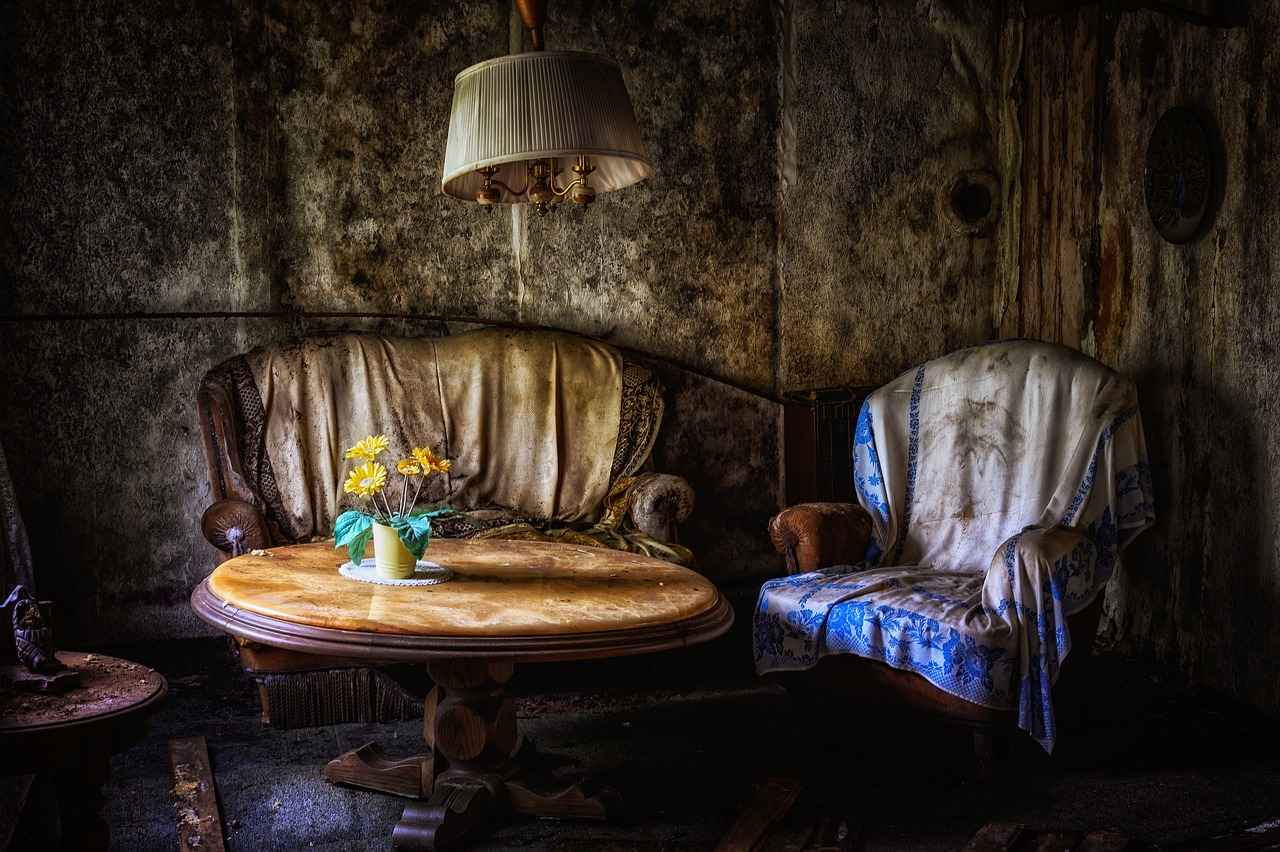
How to Choose Between DIY and Store-Bought Options?
When it comes to selecting room dividers, the choice between DIY and store-bought options can significantly impact both your space and your budget. Each option presents unique advantages and challenges, making it essential to evaluate key factors before making a decision.
- Budget: One of the primary considerations is your budget. DIY projects can often be more cost-effective, especially if you have leftover materials or tools at home. However, it’s crucial to account for all expenses, including materials, tools, and your time. Store-bought dividers, while generally more expensive upfront, offer convenience that can save you time and effort.
- Design Preferences: Consider your personal style and the overall decor of your space. DIY options allow for extensive customization, enabling you to create a divider that perfectly matches your vision. On the other hand, store-bought dividers come in various designs, making it easier to find something that fits your aesthetic without the need for crafting.
- Time Constraints: Evaluate how much time you can realistically dedicate to this project. DIY dividers can be time-consuming, requiring planning, gathering materials, and assembly. If you’re pressed for time, opting for a store-bought divider may be the better choice, as it can be installed quickly and efficiently.
- Skill Level: Your crafting skills also play a significant role in this decision. If you’re handy and enjoy working on projects, a DIY divider can be a fun and rewarding endeavor. However, if you’re not confident in your skills, you might end up frustrated or with a less-than-ideal result, making a store-bought option more appealing.
- Space Requirements: Consider the dimensions and layout of your space. DIY dividers can be tailored to fit specific measurements, ensuring a perfect fit. Store-bought options may have limited sizes, which could impact their effectiveness in your room.
In summary, the decision between DIY and store-bought room dividers hinges on a variety of factors including budget, design preferences, time constraints, skill level, and space requirements. By carefully assessing these elements, you can make an informed choice that meets your needs and enhances your living environment.

What Materials Are Best for DIY Room Dividers?
When embarking on a DIY room divider project, selecting the right materials is crucial for achieving both functionality and aesthetic appeal. The materials you choose can significantly influence the overall look, durability, and cost of your divider. In this section, we will explore various options, including wood, fabric, and metal, along with their respective pros and cons to help you make an informed decision.
Wood is one of the most popular materials for DIY room dividers due to its versatility and natural beauty. It can be used in various styles, from rustic to modern. Here are some advantages and disadvantages:
- Pros:
- Durability: High-quality wood can last for years, making it a long-term investment.
- Customizability: Wood can be easily painted, stained, or left natural to match your decor.
- Insulation: Wooden dividers provide a degree of sound insulation, enhancing privacy.
- Cons:
- Cost: Depending on the type of wood, costs can be higher compared to other materials.
- Weight: Wooden dividers can be heavy and may require additional support.
- Maintenance: Wood may need periodic refinishing to maintain its appearance.
Fabric is another excellent choice for DIY room dividers, especially for those looking for a softer and more flexible solution. Fabric dividers can add warmth and texture to a space.
- Pros:
- Variety: A vast range of colors, patterns, and textures are available, allowing for creative expression.
- Lightweight: Fabric dividers are generally easier to handle and install.
- Easy to Change: You can easily swap out fabric for a different look, making it a dynamic option.
- Cons:
- Durability: Fabric may wear out or fade over time, especially in high-traffic areas.
- Maintenance: Fabrics can accumulate dust and may require regular cleaning.
- Limited Privacy: Depending on the fabric’s thickness, it may not offer complete privacy.
Metal dividers provide a sleek and contemporary option for those who prefer an industrial aesthetic. They can be used alone or combined with other materials for a unique look.
- Pros:
- Strength: Metal is incredibly durable and can withstand significant wear and tear.
- Modern Appeal: Metal adds a chic, modern touch to any room.
- Low Maintenance: Metal dividers are easy to clean and require minimal upkeep.
- Cons:
- Cost: Metal can be more expensive than wood or fabric options.
- Weight: Some metal dividers can be quite heavy, making installation more challenging.
- Cold Aesthetic: Metal can sometimes feel cold or uninviting, depending on the design.
Ultimately, the best material for your DIY room divider will depend on your specific needs, budget, and design preferences. Consider the pros and cons of each material to find the perfect fit for your space.

How to Measure Your Space for Room Dividers?
When it comes to effectively dividing a room, proper measurements are absolutely essential. Accurate measurements ensure that your chosen room divider fits perfectly in the designated space, enhancing both functionality and aesthetics. This section provides a step-by-step guide on how to measure your space accurately, ensuring a perfect fit for your room divider.
Before you start measuring, it’s important to gather the necessary tools. You will need:
- Measuring tape: A flexible measuring tape is ideal for measuring distances.
- Notebook and pen: To jot down your measurements.
- Level: To check if the divider will be straight.
Identify the specific area you want to divide. Consider the functionality of the space. Is it for privacy, to create a separate work area, or for aesthetic purposes? Knowing this will help you decide how much space you need to measure.
Using your measuring tape, measure the length of the wall where the divider will be placed. Make sure to note:
- The total length from one end of the wall to the other.
- The height from the floor to the ceiling.
For freestanding dividers, ensure you measure the space where the divider will stand, including any furniture that might obstruct it.
Take note of any furniture or obstacles that may interfere with the placement of your room divider. Measure the distance between the furniture and the wall, as well as the height of any items that could affect the divider’s placement. This will help you avoid potential issues later.
Different styles of room dividers require different measurements. For example, a sliding screen may need more space than a simple curtain divider. Think about how you want the divider to function:
- Fixed or movable: Will it be stationary, or do you want the option to move it?
- Height and width= Will it reach the ceiling, or do you want a shorter divider?
Before purchasing or building your room divider, double-check all your measurements. It’s easy to make a mistake, and ensuring accuracy will save you time and money. Use your measuring tape to confirm each measurement, and compare them with your notes.
Taking the time to measure your space accurately is crucial for a successful room division project. By following these steps, you can ensure that your room divider not only fits perfectly but also meets your functional and aesthetic needs. Remember to keep your measurements handy when shopping for or designing your room divider, as this will facilitate a smoother process.

What Are Some Creative DIY Room Divider Ideas?
If you’re considering a DIY approach, inspiration is key. Creating your own room divider can be a fulfilling project that not only enhances the aesthetics of your space but also reflects your personal style. This section presents a variety of creative ideas for room dividers, ranging from simple screens to more elaborate structures.
- Fabric Panels: One of the simplest options is to use fabric panels. You can stretch colorful fabrics over a wooden frame or hang them from the ceiling using curtain rods. This allows for easy customization and can add a soft touch to your room.
- Bookshelf Dividers: An old bookshelf can be transformed into a functional room divider. Position it in the center of the room to create separate areas while also providing storage for books and decorative items. This dual-purpose solution is both practical and stylish.
- Sliding Barn Doors: For a more rustic look, consider installing sliding barn doors. These can be crafted from reclaimed wood and installed on a track system. They not only serve as a divider but also add a unique charm to your space.
- Macramé Screens: If you enjoy crafting, a macramé screen can be a beautiful addition to your home. Using knots and patterns, you can create an intricate design that allows light to filter through while still providing some level of privacy.
- Hanging Plants: For a natural touch, consider using hanging plants as a room divider. You can create a vertical garden by suspending various plants from the ceiling. This not only divides the space but also purifies the air and adds greenery to your decor.
- Wooden Pallet Dividers: Repurposing wooden pallets is an eco-friendly option for a DIY room divider. You can stack and secure them to create a rustic and industrial look. Paint or stain the pallets to match your decor for a cohesive appearance.
- Photo Collage Walls: Create a wall of memories by using a series of frames to display photos or artwork. This not only serves as a divider but also adds a personal touch to your space. Arrange the frames in a grid or a more organic layout for visual interest.
- Folding Screens: A folding screen can be a versatile solution. You can purchase a basic folding screen and customize it with paint or fabric. This allows you to change the look whenever you want, making it a flexible option for your home.
When embarking on a DIY room divider project, consider your available space, the materials you want to use, and the overall design aesthetic you wish to achieve. The beauty of DIY is that you can tailor each project to fit your unique needs and style. Whether you opt for a simple fabric divider or a more complex structure like sliding barn doors, the possibilities are endless. Embrace your creativity and enjoy the process of crafting a room divider that enhances your living space.

Where to Buy Quality Store-Bought Room Dividers?
Finding the perfect store-bought room divider can be a daunting task, especially with the multitude of options available. Understanding where to look is crucial for making an informed purchase. This section will guide you through reliable retailers and online platforms that offer a diverse range of quality room dividers to suit your style and budget.
- Home Depot: Known for its extensive selection of home improvement products, Home Depot offers a variety of room dividers in different styles, materials, and price points. Their online store allows for easy browsing, and you can often find customer reviews to help inform your decision.
- Wayfair: This online giant specializes in home goods and features a vast array of room dividers. With frequent sales and a wide range of styles, Wayfair is an excellent option for those looking for something unique.
- IKEA: Renowned for its modern and minimalist designs, IKEA provides affordable room dividers that are both functional and stylish. Their products often come with easy assembly instructions, making them a favorite among DIY enthusiasts.
- Amazon: As one of the largest online marketplaces, Amazon offers countless options for room dividers. You can filter products based on customer ratings, price, and style, making it easy to find exactly what you need.
- Target: Target is another reliable retailer that features a selection of room dividers. Their products often reflect current trends, and you can find options that fit a variety of budgets.
- Overstock: Overstock is known for its discounted prices on home goods, including room dividers. With a focus on quality and affordability, it’s a great place to find deals on stylish options.
- Wayfair: This online platform specializes in home furnishings and offers a vast selection of room dividers. Their user-friendly interface allows you to easily compare different styles and prices.
- eBay: For those seeking unique or second-hand options, eBay can be a treasure trove. You can find vintage or custom-made room dividers that add character to your space.
When searching for a store-bought room divider, consider factors such as style, material, and price. Additionally, check for customer reviews and ratings to gauge the quality of the product. Look for retailers that offer return policies and warranties to ensure you can make a hassle-free return if the divider doesn’t meet your expectations.
Moreover, consider the shipping options and delivery times, especially if you’re ordering online. Some retailers may offer free shipping on orders over a certain amount, which can be an added bonus.
By exploring these reliable retailers and online platforms, you can confidently find a room divider that not only meets your needs but also enhances the aesthetic of your space. Whether you prefer a contemporary look or a more traditional style, the right store-bought room divider is just a few clicks away.
Frequently Asked Questions
- What is the main difference between DIY and store-bought room dividers?
The main difference lies in customization and cost. DIY dividers allow for personal creativity and potentially lower costs, while store-bought options offer convenience and a variety of styles ready for immediate use.
- How do I determine the cost of a DIY room divider?
To determine the cost of a DIY room divider, consider the materials you’ll need, such as wood, fabric, or metal, and any tools required for assembly. Research prices at local hardware stores or online to get a clear estimate.
- Are there any specific tools required for making a DIY room divider?
Yes! Common tools include a saw, drill, measuring tape, and screws. Depending on your design, you might also need paint or fabric, so gather everything before you start your project.
- Can I find unique designs in store-bought room dividers?
Absolutely! Many retailers offer a wide range of unique designs, from modern to rustic styles, ensuring you can find something that fits your decor perfectly.
- What should I consider when measuring my space for a room divider?
When measuring, take into account the height and width of the area you want to divide. Make sure to leave some space for movement and ensure your divider fits well without making the area feel cramped.
- Where can I find inspiration for DIY room divider ideas?
You can find inspiration on platforms like Pinterest, home improvement blogs, or even by browsing through local craft stores. There are countless creative ideas to spark your imagination!














